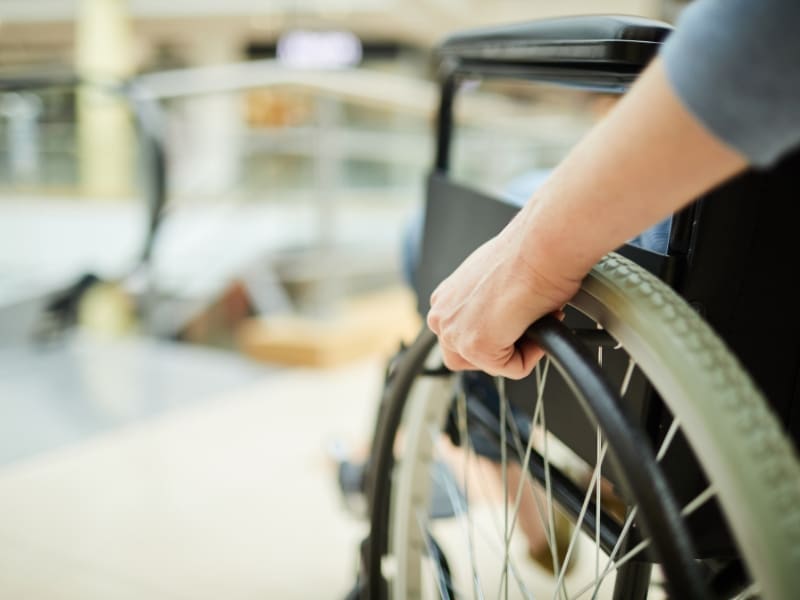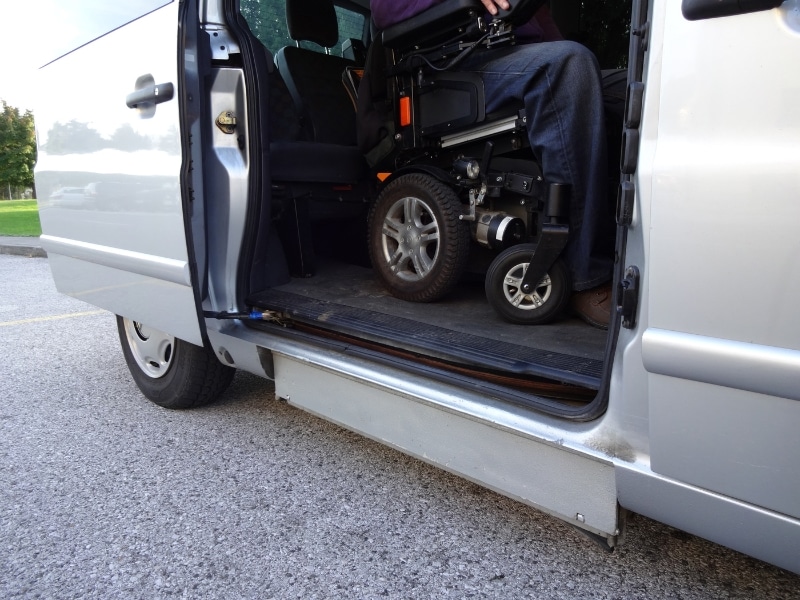Getting around shouldn’t feel like a daily grind, but for many disabled Australians, it often is. Inaccessible or unreliable transport limits independence, affecting everything from employment to social connection. For people with disabilities, consistent and safe travel is not a luxury — it’s a necessity. Transport shapes opportunity, inclusion, and well-being. This article explores transport options for disabled people, why they matter, and the changes needed to make them truly inclusive.
What are the common barriers to transport for disabled people?
Transport challenges go far beyond simply getting on a bus. For people with disabilities, transport options for disabled people are often inadequate, and the system frequently creates more problems than it solves.
- Inconsistent accessibility: Lifts, ramps, and announcements aren’t always available or working across services.
- Driver inexperience: Many drivers lack the training needed to safely and respectfully support passengers with disabilities.
- Poor connection planning: Even when one part of a journey is accessible, the next leg may not be, making full trips impossible.
- Sparse regional services: Outside the city, disability-friendly options become rare or non-existent.
When basic journeys are hard or impossible, everyday life becomes a juggling act. Issues like these show the scale of challenges faced by people with disabilities in public transport, where even small failures can lead to significant setbacks.
Why do many disabled people face limited transport choices?
Options feel limited because, often, systems aren’t designed with disabled people in mind, including inadequate transport options for disabled people. That oversight has a knock-on effect.
- City planning misses the mark: Footpaths without kerb cuts, stairs without lifts — the basics are often skipped.
- Overly rigid booking systems: requiring a day’s advance planning for every ride removes spontaneity and flexibility.
- Private transport costs too much: Buying or modifying a vehicle isn’t practical for everyone, and accessible taxis can be pricey.
- Unclear service eligibility: Support services have strict rules that can exclude individuals with genuine mobility barriers.
This lack of choice limits more than mobility — it limits freedom. To address this, understanding how transport assistance improves independence and mobility helps show what’s at stake and what can be done.

How does inaccessible transport impact independence and well-being?
When transport fails, people don’t just miss appointments — they lose opportunities. This impact is deep and personal.
- Social isolation: When travel is too hard, people stay home, missing out on social events and daily interaction.
- Heavy reliance on others: Without dependable transport, people must always rely on carers, family, or friends.
- Emotional stress: Not knowing if you’ll make it to your destination safely or on time creates real anxiety.
- Limited education and employment opportunities: Jobs, training, or volunteering often become inaccessible due to transportation gaps.
Here’s how accessible versus inaccessible transport can affect key parts of daily life:
How Transport Access Affects Daily Life
Aspect | Accessible Transport | Inaccessible Transport |
Social participation | Enables regular outings and events | Leads to isolation and missed opportunities |
Employment | Increases job access and punctuality | Limits job choices and reliability |
Education | Supports regular attendance and flexibility | Causes missed classes and lower engagement |
Mental health | Reduces anxiety and builds confidence | Increases stress, frustration, and loneliness |
Daily independence | Encourages autonomy and decision-making | Requires reliance on carers or family |
Reliable support systems make a massive difference. That’s why the importance of NDIS taxis for disability travel needs goes beyond logistics — they enable everyday freedom.
What transport options for people with disabilities offer the most reliability?
Some services do work well when they’re available and properly managed. Knowing the reliable options helps people make better choices.
- Specialist disability transport: These are designed specifically with mobility in mind, often offering door-to-door service.
- NDIS travel supports: The scheme can fund transport or carers to accompany people to appointments and social activities.
- Trained-accessible taxi services: With lifts, extra space, and trained drivers, these taxis support safer and easier travel.
- Privately owned, modified vehicles: When affordable, these provide independence and total control over one’s schedule.
People who explore transport solutions tailored to meet the needs of individuals with disabilities often find more consistent support and fewer day-to-day hassles.
How can the NDIS improve travel access for people with disabilities?
The NDIS has strong potential to improve access, but it needs to be applied flexibly and consistently.
- Customised transport budgets: Plans that reflect real travel needs instead of rigid limits make a difference.
- Wider support definitions: More people should be able to access travel funding, especially for daily essentials.
- Training for providers: Transport workers need proper education in accessibility, dignity, and safety.
- Greater regional access: Rural and outer-suburb services are still lagging — they need more support and coverage.
The system works best when it fits real lives. For many, better access begins with changes that align with how people live, rather than how services perceive they should.

Are cities adapting fast enough to meet accessible travel needs?
Some councils are taking access seriously, but the pace across the country is uneven. People are still slipping through the cracks.
- New builds are better: Modern stations and facilities feature lifts, clear signage, and improved layouts.
- Digital upgrades help: Real-time alerts and mobile apps improve predictability and reduce anxiety.
- Stronger advocacy presence: More groups are pushing for practical changes in council planning and public transport.
- Old infrastructure remains outdated: Retrofitting older areas is slow and often neglected in funding priorities.
Australia’s bigger cities are moving — but whether they’re moving fast enough is another question. More urgency and coordination are needed across the board.
What changes will improve transport equity for people with disabilities?
Equity means more than access — it means fairness. Achieving fairness requires both structural changes and cultural shifts.
- Enforce accessibility standards: Universal design should be the rule, not the exception.
- Support smaller communities: Rural and regional areas need better funding and access, not just metro hubs.
- Streamline access to transport help: Simplify NDIS processes and increase awareness of what’s available.
- Prioritise lived experience: Involve people with disabilities at every level of transport planning and decision-making.
Changes like these are essential — not just for meeting legal obligations, but for creating a transport system that truly includes everyone.
Final thoughts
Making transport options more inclusive for people with disabilities isn’t a side issue — it’s central to building a fairer, more connected society. The path forward is clear: design smarter systems, listen to the people who use them, and invest where the needs are greatest. For those seeking practical ways to enhance their day-to-day travel, discover how Ahsan Care Provider addresses accessible transportation needs.


